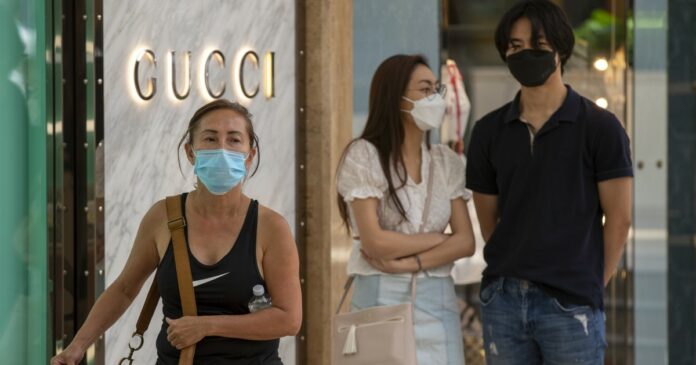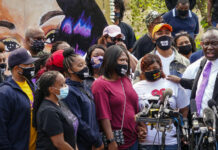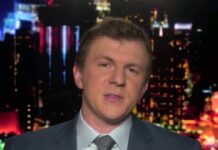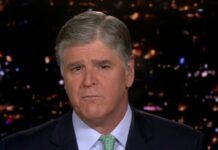California on Monday took a major step to close back down parts of the economy as the coronavirus spread continued unchecked.
Gov. Gavin Newsom already had closed bars and indoor dining in the most populated parts of the state, but a new order makes it statewide. Counties hardest hit by the coronavirus are seeing additional closures.
As of Monday, California had more than 326,000 confirmed cases of COVID-19 and more than 7,000 total deaths, according to the Los Angeles Times’ tracker.
Statewide action
The following businesses must close:
- Dine-in restaurants
- Wineries and tasting rooms
- Movie theaters
- Family entertainment centers (for example: bowling alleys, miniature golf, batting cages and arcades)
- Zoos and museums
- Cardrooms
- Bars, brewpubs, breweries and pubs must close all operations both indoor and outdoor statewide.
Localized action
Counties that have remained on the state’s County Monitoring List for three consecutive days, which includes all Southern California counties and many in the Central Valley, must close the following businesses:
- Gyms and fitness centers
- Places of worship
- Indoor protests
- Offices for nonessential sectors
- Personal care services, like nail salons, body waxing and tattoo parlors
- Hair salons and barbershops
- Indoor shopping malls
Source: California Department of Public Health






